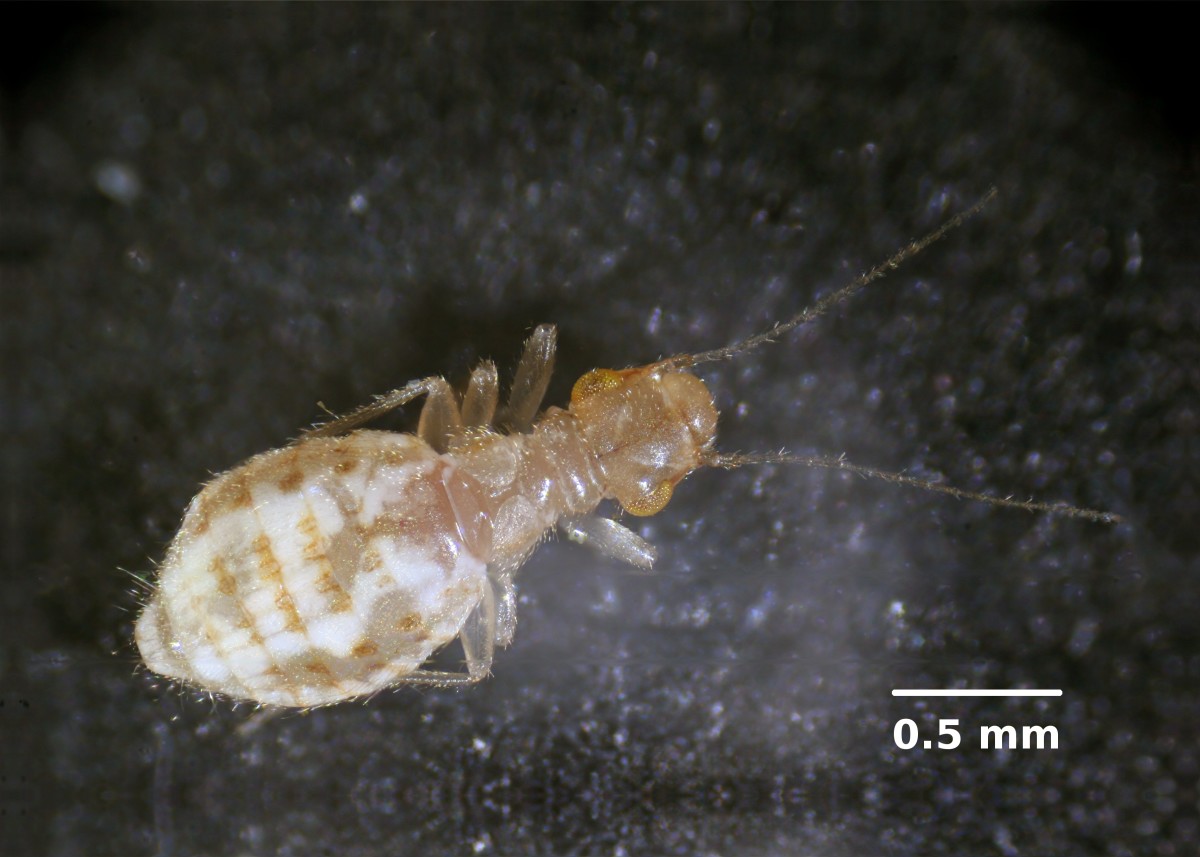A Link Between Chemicals in Personal Care Products, Childhood Obesity and ADHD

Copyright 2011 - Kris Heeter, Ph.D.
A class of toxic chemicals, phthalates, have recently been linked to obesity in children in a new research study.
Phthalates are a class of chemicals that are typically used as plasticizers in flooring, #3 plastics, paint, pesticides, medical devices, food packaging, and personal care products (e.g, lubricants, lotions, shampoos, soaps, cosmetics).
Most recently, they have also been found in several prescription drugs, over-the-counter drugs, and supplements.
Research studies in the last few years have found significant levels of phthalates in over 90% of the U.S. population. These chemicals are endocrine-disruptors that have the ability to mimic the body's natural hormones.
In 2007, a study done at the University of Rochester Medical Center, found that low-dose exposures to phthalates and similar chemicals may contribute to the reduction of testosterone levels in men. Lower testosterone levels or reduced testosterone activity leads to in increased risk of obesity rates and Type 2 diabetes.
In 2009, a study published in Journal of Psychiatry found a correlation in children between these chemicals and ADHD (Attention Deficit Hyperactivity Disorder). The higher the concentration of phthalates in the urine of those in the study, the worse the ADHD symptoms. That study suggested that environmental exposure may contribute to behavioral and cognitive problems in kids.

High levels of phthalates found in children
In addition to the 2009 study on ADHD in children, a study in 2008 found that infants recently treated with baby lotions, shampoo, lubricants, and powders were more likely to have higher levels of phthalates in their urine compared to infants that were not treated with such products.
In addition, this class of chemicals have been found to cause subtle changes in the reproductive organs in baby boys and has been attributed to an increase in runny noses, allergies, and eczema in children.
In general, the concentration can be higher in children. Their exposure to these products can be the same as adults, but because they have a smaller body mass, the phthalates become more concentrated.
Children are exposed to these chemicals not only through personal care products, but through toys, "sippy" cups, food packaged in or cooked in plastic, and playing on flooring surfaces made with plasticizers. Phthalates can easily leach out of these products. Children absorb them in through skin contact, sucking or chewing on toys and cups, and by breathing the chemicals that off-gas from products.
Related articles of interest
Childhood obesity linked to phthalates
This month (January 2012), Mount Sinai researchers report that in a study of 387 black and Hispanic children in New York City, more than 97% of the children had significant levels of phthalates in their system. Furthermore, those with the highest levels had an increased body mass index (BMI) and waist circumference. BMI is often used as a measurement for obesity.
This is the first study of its kind in children so the correlations are preliminary. However, when taken into consideration with previous studies that linked phthalate exposure in men to an increased risk for obesity and Type 2 diabetes, it's worth taking note of.
In the U.S. over 20% of children between the ages of 6-11 are overweight or obese. Childhood obesity rates have almost tripled in the last 30 years and are predicted to continue rising. A number of variables are attributed to increased childhood obesity rates and phthalate exposure may very well be one of these factors.
Decreasing phthalate exposure in infants and children
Parents who want to decrease their baby's exposure to phthalates should consider the following steps:
- Limit the amount of baby "personal" care products used (use lotions and powders only if medically needed).
- Heat baby foods in glass rather than plastics.
- Use glass baby bottles rather than plastic.
- Avoid buying processed baby foods in plastics.
- Try to find non-plastic items for teething.
Beyond infancy, parents can still take steps for reducing exposure in their children:
- Find safe personal care products that do not contain phthlates. Phthalate-free personal care products are available - see the EnvironmentalWorkingGroup.com for guidance.
- Store foods in non-plastic containers.
- Use stainless steel or glass water bottles.
- Avoid cooking and reheating in all plastic containers (this includes "microwave safe" plastic containers).
- Avoid using plastic cooking spoons and spatulas.
- Avoid keeping foods in plastic bags for long periods of time. Phthalates are often used in food packaging.
- When new plastic items, flooring, etc are purchased, try to air out the house frequently.
It's impossible to avoid all phthalates but little changes here and there can go a long way to reducing the overall body burden of these toxic chemicals!
Other chemicals in household and personal care products linked to obesity
Several other chemicals in common household products have been linked to obesity, two examples include:
- Bisphenol A (BPA) - used in some plastics
- Tributyltin (which used as a heat stabilizer in the manufacturing of polyvinyl chloride plastics)
These chemicals have been shown to leach out of plastics over time and enter the body through contact or ingestion (BPA is found in some water bottles and used as lining in many canned foods). Prenatal exposure to these chemicals has been linked to weight gain and obesity after birth.
In addition, it's been found by several non-profit organizations -- including the Breast Cancer Fund and the Environmental Working Group -- that many top-selling fragrance products contain a dozen or more chemicals are not listed on the labels.
Many of these have been found to be hormone-disrupting chemicals linked to cancers and other medical problem including asthma and obesity and most have never been tested for safety on humans.
Sample References:
Miyawaki, J., (2007). Perinatal and postnatal exposure to bisphenol A increases adipose tissue mass and serum cholesterol level in mice. J Atheroscler Thromb. 14:245-52.
Stemp-Morlock, G. (2007). Chemical Exposures: Exploring Developmental Origins of Obesity. Environ Health Perspect. 115: A242
Further reading:
Slow Death by Rubber Duck: The Secret Danger of Everyday Things by Rick Smith and Bruce Lourie









